The hijab spread in the Arab region, including North Africa, due to the rise of political Islam, and the spread of a large number of preachers on satellite channels and other media. It even extended to university campuses, where it was worn by female students of the departments of Islamic and philosophical studies, which was very surprising, and made the late thinker and philosopher Mohammed Abed al-Jabri, who is honored on World Philosophy Day, advise philosophy students to pay attention to the essence of philosophy, which is to ask, and do the things they are convinced of doing, without yielding to any authority whatsoever. It prompted me to investigate further. I paused at the theory that many female philosophy students wore the hijab because of fear of the Islamic wave of expansion at university, and because of other economic and social reasons. But the situation began to change in recent years in the Arab region, specifically in Morocco, a change that was noticed by some studies and reports that revealed a decline in the phenomenon of wearing the hijab, which is due in large part to “the withdrawal and decline that the Islamic progression has, and is witnessing in general, and to the catastrophic failure of successive parliaments dominated by Islamists when it comes to solving countries’ problems”.
Not a pillar of Islam
The removal of the hijab extended even to women affiliated with the Moroccan Islamist Justice and Development Party, after Moroccan MP Amina Maelainine, representing the same party in 2019, sparked great controversy due to the spread of a photo of her on social media without a headscarf in the French capital, Paris. This was considered by many leaders in the party a violation of the values of “Justice and Development”, which are based on religious foundations that give the hijab a high symbolic status. The MP responded to all her opponents from inside and outside the party, saying in an interview with the weekly Al Ayam that the hijab for her personally “is not one of the pillars of Islam, and that the Moroccan Islamic movement has undergone a major transformation that is still interacting, as it has begun its path by amplifying formal aspects such as the hijab and beard.”
In turn, Asma Mrabet, a doctor and researcher specializing in Islamic and women's issues, raised attention when she took off the hijab that she had worn for years, almost a year after she resigned from the presidency of the Center for Studies and Research on Women's Issues in Islam, affiliated with the Muhammadiyah Association of Moroccan Scholars, an official institution. Her move came following the fierce attack she was subjected to by conservatives, due to her modernist opinion on the subject of inheritance, and her approach to the problem of equality in rights from within the Islamic frame of reference.
Because someone linked her removal of the hijab to her husband's diplomatic position, Mrabet wrote in a post on her Facebook page: "This is my conviction, and this decision has nothing to do with my husband's diplomatic position. As a reminder, I was the wife of an ambassador and wore a headscarf for 8 years in Latin American countries and I am proud, as I had worn it with all sincerity and loyalty before Allah, and I made the decision to leave it before Allah after deep reflection and contemplation, and I decided to announce it because I always bear the consequences of my actions with clarity and transparency and without hypocrisy. Honesty is my most eloquent and sacred principle."
In a previous interview with Raseef22, Mrabet objected to naming the headscarf a hijab, saying that it is not a pillar of Islam, and stressed the need for freedom from dependence and domination, explaining that "liberation is not in dress or in form”.
To shed light on this topic, we tell the stories of educated women who wore and took off the hijab, and who are of different levels, including writers, journalists, professors, academic researchers, and employees.
What I wore doesn't represent me
Professor Ghaitha, who took off her hijab after nearly seven years of wearing it, says she comes from a family where most women do not wear the hijab, "Most of my sisters, aunts and most of my surroundings do not wear it. I was a recent graduate when I met someone, who every now and then asked me the question: ‘Aren't you thinking about wearing a hijab?’ Because I liked him, my answers were: ‘I'm definitely thinking of wearing it,’ even though the reality was not so."
Days passed and I began to feel that I should wear the hijab, and I began to convince myself that when I pass in front of the opposite sex, their looks were suffocating me, and even began making comparisons between myself and those who wear it. I’d say: "Why is she wearing the hijab? Is her body more precious than mine?”
"Years passed and I separated from the person who initially convinced me to wear the hijab, so I felt that I was a hypocrite in society, and that what I was wearing did not represent me. Rather I felt that I was out of place compared to my surroundings"
Speaking to Raseef22, Ghaitha added that she decided overnight to wear it and it came as a shock to her family, who did not expect this, even though she was happy at the time with this change, and even convinced herself that it came out of conviction.
"Years passed and I separated from the person who initially convinced me to wear the hijab, so I felt that I was a hypocrite in society, and that what I was wearing did not represent me. Rather I felt that I was out of place compared to my surroundings. It took me a few more years to find the courage before I could take it off, at the age of thirty, after almost seven years of wearing it. But today I feel happy and that I have regained my life and person, without doing anything to convince anyone, what matters today is my comfort and happiness without others, whether it was my husband, my family or anyone."
Taking it off didn't change my convictions
Siham wore the hijab because she belonged to a well-known conservative family in her city. She tells Raseef22, "My father never asked his seven daughters to put it on. I have always seen him as a modernist, progressive man who lived through all the transformations that Morocco went through from colonialism to World War II, as well as independence and liberation movements that some Arab countries witnessed, and he continued to encourage his daughters to study, which in itself encouraged liberation and independence. But my brother, without warning, became a Salafist and went against his father's convictions. He became convinced of the extremist ideas of Salafis, and every day he listened to Sheikh Kishk, cursing uncovered women, starting with the famous singer Umm Kulthum."
Siham adds that her brother never prayed, "but he remained clinging to this outer religious shell only until my father's death in the early nineties. None of my six sisters was forced to wear the hijab, neither by their husbands nor by our father, but after his death, we were forced to wear it by my older brother, who became our legal guardian. At university, with the wave of Islamic movements among student groups, it became usual for a student from these groups to stop me to give a long lecture on the ‘Sharia hijab’ (a more strict and hard line hijab dress code), commenting that what I was wearing is not a hijab, so I always thought about how strange the matter was, and wondered: How can we allow anyone who comes and goes to comment on what we wear?”
"Wearing the hijab or removing it is not a problem of faith or thought, as my faith has not changed, nor have my convictions. The problem lies in forcing women to wear it, whether under religious or political pretext. Dress is a matter of will and personal freedom”
"After getting married and having children, I no longer saw any convincing reason to continue wearing the hijab, so I had the courage to remove it to everyone's surprise. Neither my husband nor his family intervened in this decision, and they didn't even comment. Now, it seems clear to me that my fluctuating between wearing the hijab and removing it is not a problem of faith or thought, as my faith has not changed, and even a large part of my intellectual convictions have remained constant since I put on the hijab and even after I removed it. The true problem lies in forcing women to do so, whether under a religious or political pretext. I remember meeting a waitress in New Orleans, USA, who complained that her employees were forced to wear a very short, tight skirt during working hours. She did not believe in any religion, but found that being forced to wear a certain dress an insult to her will and freedom. Dress is a matter of will and personal freedom, which is our most precious asset, especially after life and the cruelty and indifference of regimes have taken almost everything away from us.”
Hijab and self-deception
Fatima Zahra, a young girl who works in a beauty salon, told me her story with the hijab and taking it off. She recounts, "I wore the hijab at a critical time in my life, after separating from my husband, who was constantly suspicious of me, and considered my interest in myself and my elegance as a sign of moral corruption, even though I left my job in order to take care of him and the house.”
She adds, "The divorce was a big shock in my life, which led me to wear the hijab afterwards, even though no one in my family wears it. They understood my situation and left me alone, but every time my mother would ask me if I was convinced of what I had done or if I was torturing myself for something I had no control over."
Years passed and the shock subsided, and the young woman started thinking about what she had done. She says, "I was very embarrassed to take it off, until one day someone proposed to me, so I confronted him with what was going on in my mind, and I said to him: Do you want to marry me because I am veiled or for my person? I told him that I would take it off and would not continue to deceive myself and others, and if he really want me, then he's welcome. In response, he held on to me even more and admired my honesty, so we got married and my life changed, and I went back to my work."
I wore it for him…
For her part, Leila, 32, an employee at the bank, recounts that her story with the hijab is very strange, because no one in her family wears it, "My story with the hijab began when I was 23 years old, when I met a young man and we got into a relationship in order to get married. Because he was religious, he would tell me every time that the hijab was obligatory for women and that we had to live for the afterlife. Because I loved him, I grew convinced of his ideas and wore the hijab, even though my parents rejected this matter outright, saying that I would take it off later because it was not based on real conviction.”
Laila adds in a statement to Raseef22, that she wore it for five years, and after the failure of that relationship and discovering that this person "was the biggest hypocrite, hiding behind the mask of religion, I found that I was in control, and that I did not wear the hijab out of conviction, but in order to please him and only so that he would stay with me because I terribly loved him. So I started thinking about taking it off seriously, which I did after some hesitation. I then returned to my normal life without a hijab, and my parents didn't ask me about it because they were convinced that he was the reason for all this transformation, so when I moved away from him and hated him, I hated everything I did because of him."
I left the veil due to my readings
Speaking of her story with wearing and taking off the hijab, Professor Dalal, 34, says that she wore the hijab for the first time for a month or less, when she was a minor, and it was just a idea she had and immediately implemented it. She no longer remembers the real motivation for wearing it at that time. But she remembers that she really liked her Islamic education teacher, and loved to talk to her, and the reason, she thinks, may have been an attempt to imitate her. At the time, no one in the family cared about it, perhaps because it was winter, and everyone thought that she had put it on just because of the cold, and she also grew tired of it in a short period of time.
At first, I saw Amr Khaled as an artificial and comical character, especially his voice when praying, but day after day I got used to listening to him, and my friend and I would discuss the issue of wearing the hijab
Dalal added in a statement to Raseef22, "The idea of hijab did not pop up in my mind after that, but when I reached the baccalaureate stage in school, Amr Khaled appeared on the "Iqraa" channel, and my best friend was one of his loyal followers. She admired him, and was moved by his words about religion in general and the hijab in particular, and she would try to convince me to follow him and gave me some CDs that included some episodes about the hijab. At first, I saw Amr Khaled as an artificial and comical character, especially his voice when praying, but day after day I got used to listening to him, and my friend and I would discuss the issue of wearing the hijab. She was inclined to wear it, but I still refused it. But later on my friend met a religious woman belonging to the Al Adl wal Ihsane (Justice and Spirituality) Islamist group, who held a religious lesson in her house every week, which she runs with another lady. She asked my friend to invite girls she knew to attend her lesson. All the girls who attended it the first time were unveiled, but day after day they began thinking about the hijab as a religious obligation, and they actually wore it. When my friend and I decided to take the initiative, because we were seen as the leaders of the group, these women would sometimes ask the two of us to prepare religious lessons and present them."
Dalal points out that when she and her friend wore the hijab, it was hot, and they did not have suitable clothes for the hijab, so they wore winter clothes because their summer clothes did not fit the hijab, and some were mocking them for it, but they answered with confidence: "Hell fire is worse than any heat in the world", and they believe that what they are doing is a sacrifice for the sake of religion.
Dalal explains, “My friend's family was very happy that their daughter wore the hijab, but my family saw that there was no justification for wearing it, and they were trying to convince me to take it off, and that religion is a matter related to faith and behavior more than appearance, but I was convinced that the hijab is an obligation that cannot be debated, but with the passage of time I began to feel that I was not comfortable in this new appearance that I had chosen, and that it did not suit my true personality, which was rebellious by nature. I used to practice sports and theater, and read poetry and novels, and I loved music and watching movies, and suddenly I plunged myself into a box of prohibition. I began to feel that I am two contradictory people in one, and I felt that I had reduced myself to a box and put restrictions on it, and this feeling was kindled after I entered the university and began my studies in humanities, as I no longer see the subject from one angle, but from several angles. So I began to think about taking it off, after I wore it for about two and a half years.”
For the young woman, the most difficult thing is the inner thoughts that each young woman struggles with in the face of the test of removing the veil. She says, "She'd have two types of fear, the first is psychological, as she feels that she will die as soon as she abandons it, and this is because of the stories that the women of the group used to repeat, a fear that I overcame thanks to my readings, through which I became convinced that the hijab is just a practice that had a historical context. As for the second type, it was related to confronting society at a time when the wave of religiosity was at its height.”
Dalal relied on the support of her family. She says, "When I expressed my desire to take off my hijab to my mother, she told me, 'You didn't consult anyone when you wore it, and you don't need to consult anyone to take it off. You are free. Her words were an encouragement to me. My father didn't interfere in my affairs, so I didn't find any resistance, but rather received all the support. But at university, I heard one of my veiled classmates say in mockery that the punishment for apostasy should be imposed on those who take off the hijab. And once in the neighborhood, a neighbor said to my friend: ‘May God keep you as you are my dear, not like your friend who took off her headscarf’.”
I didn’t regret it
Academic researcher Yasmine, 35, tells Raseef22 that "between wearing the hijab and removing it, is a life path for the soul in and of itself, because in the end the path is part of me and my personality, and what had changed is my interpretation of the world.”
"Since my teens in middle school, I thought about wearing a hijab without much thought. It was just an idea at one point in time that I worked on implementing. It only lasted a month, and in the summer heat I found myself removing my hijab. I remember meeting an older friend, who scolded me for the fact that the hijab is a firm and forever decision that cannot be backed out of, but I did not care what he thought at the time.”
She adds, "The story did not end here, as I found myself returning to the hijab again during my secondary education, but this time with a long personal path that lasted for 16 years. I remember that at that time I used to go there with some female students who were 'preachers' inside the group’s mosque, as most of them were from the Justice and Spirituality group. They would rely on emotional persuasion through reflection on the Qur'an and hadiths, and then some students took me with them to the homes of some of the female teachers who were from the group, and I found myself growing convinced of some of their ideas. Then I started watching satellite channels until I found myself making the decision to wear the hijab."
At first, it was not easy at all, according to the young woman, "I was subjected to fierce resistance from my family, who rejected my decision, especially my grandmother, who scolded me a lot and would always tell me: ‘Why do you wear the hijab when you’re so young, you’ll become like a crow, let your hair loose and enjoy it and live your life’, but I did not pay attention to the resistance of my family at the time on the basis of my conviction. At that time, I saw that I was carrying out a divine command based on the teachings of the Qur'an. I also remember being criticized alot in my family, but my dress remained the same for almost a year. After that, many things will change inside me and the space for self-criticism will begin to creep into my mind little by little, mainly for the reason that my academic specialization was able to change the way that I look at myself, my body, my interactive world, and life in its entirety. What will also happen is that the more I regain the space for criticism within me, the more the conflict expands in an exponential manner, especially since my mentality has pieced together many rifts with a group of interpretations, including religious ones. After a long and hard struggle with myself, the voice of strength triumphed in me to remove what I used to see as a veil but I now see as a mere head covering without any symbolism, so I made the decision to remove the headscarf and confronted society with a personal decision that I was solely responsible for, a decision that I haven’t come to regret. I felt as if I was continuing on with my life that had previously come to a stop.”
Raseef22 is a not for profit entity. Our focus is on quality journalism. Every contribution to the NasRaseef membership goes directly towards journalism production. We stand independent, not accepting corporate sponsorships, sponsored content or political funding.
Support our mission to keep Raseef22 available to all readers by clicking here!
Interested in writing with us? Check our pitch process here!
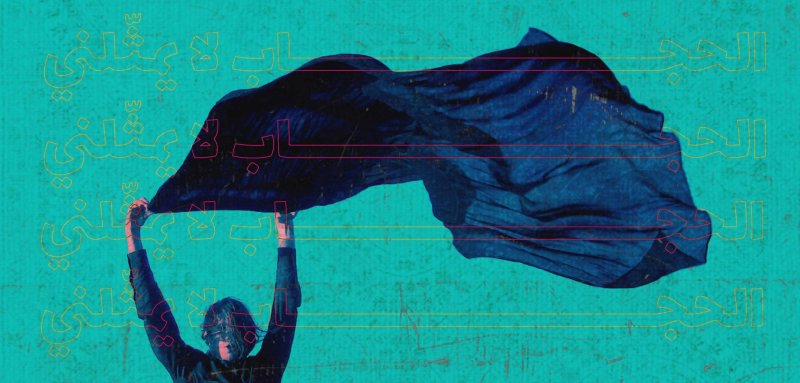
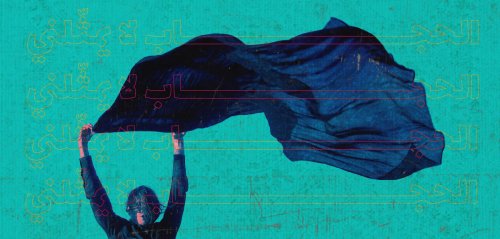
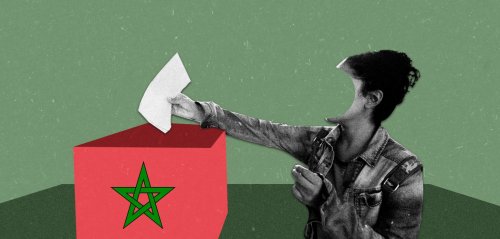
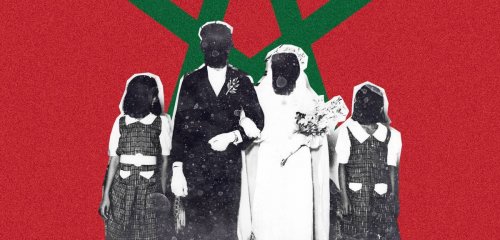
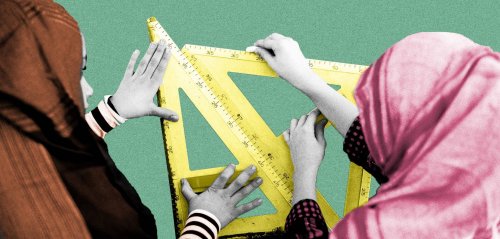
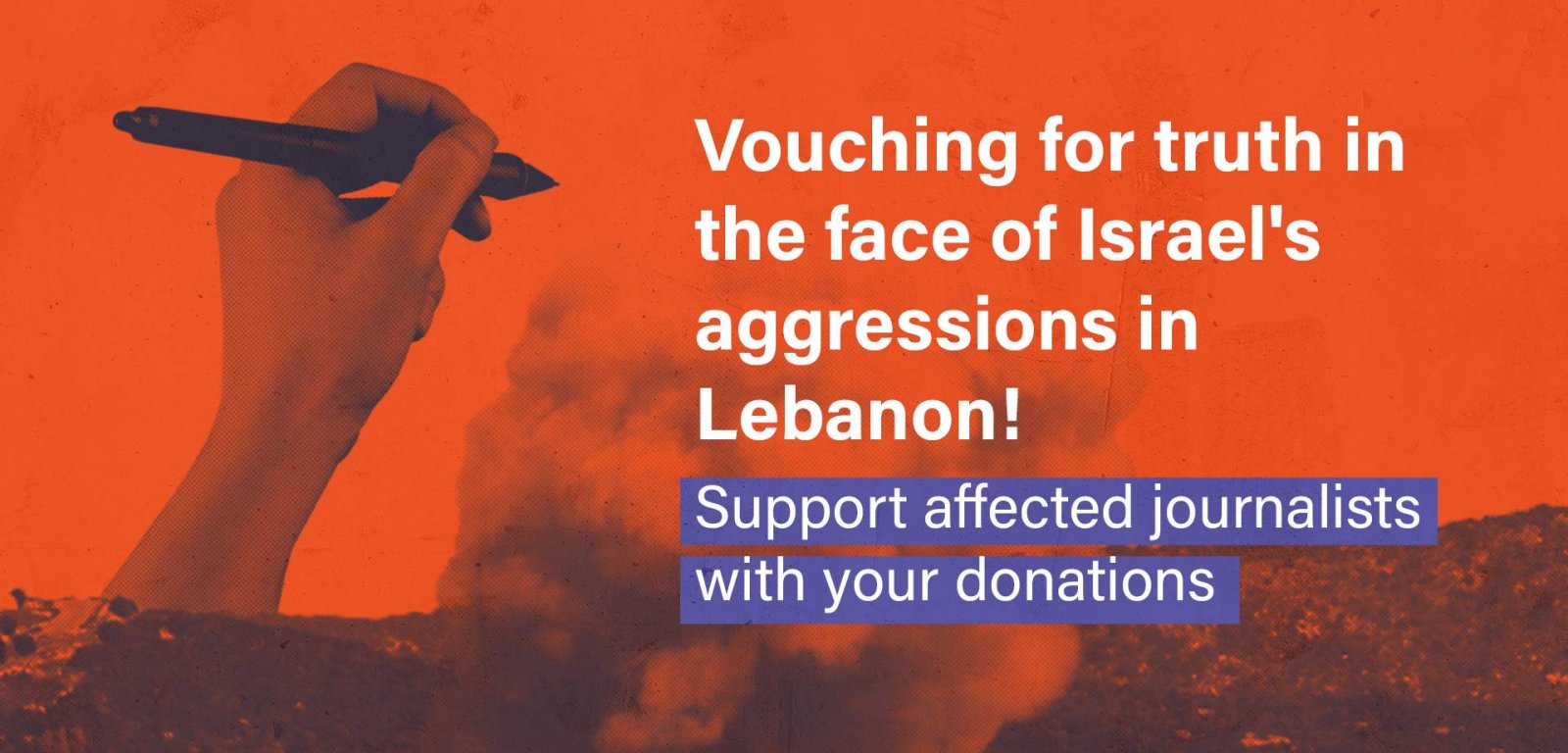
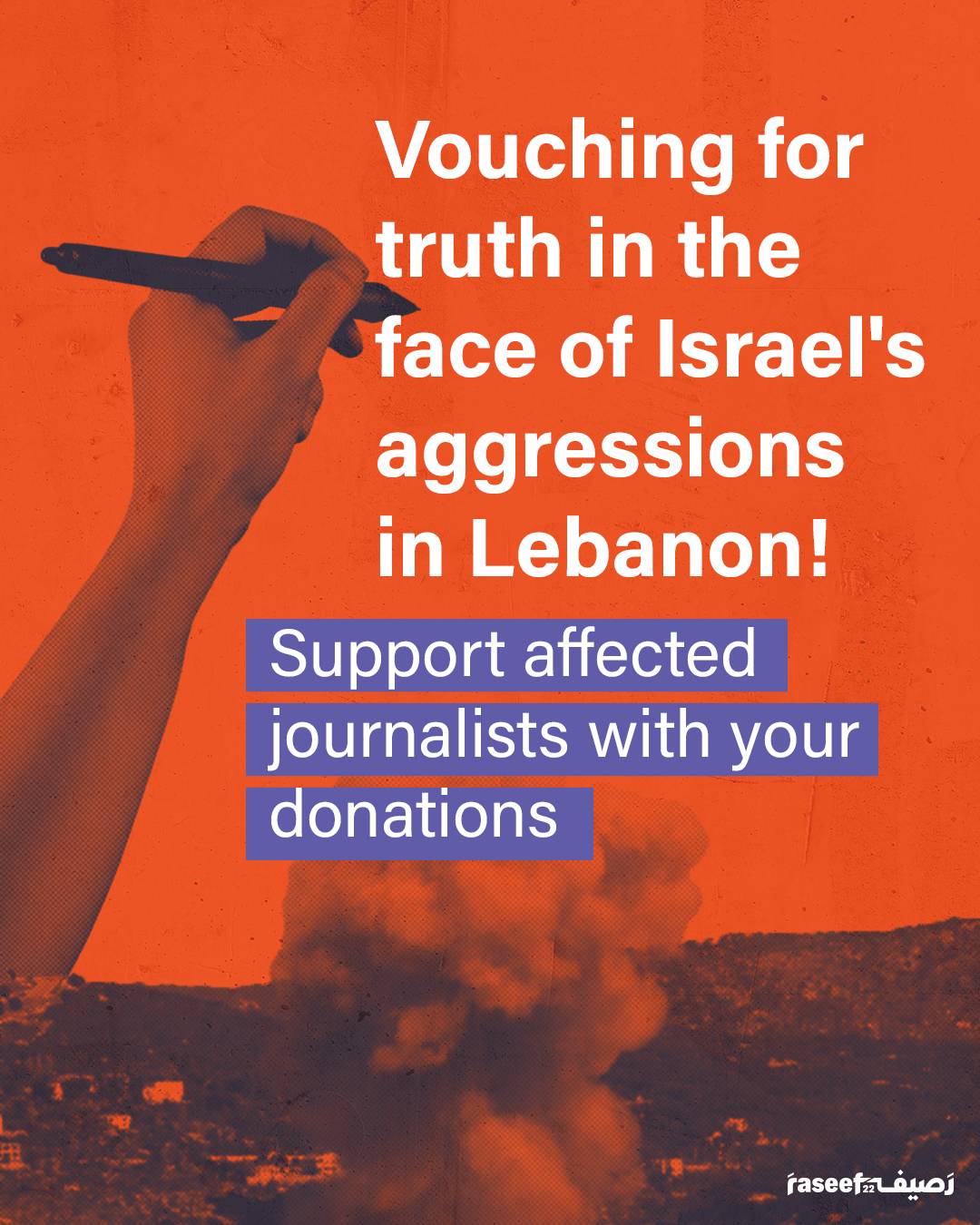



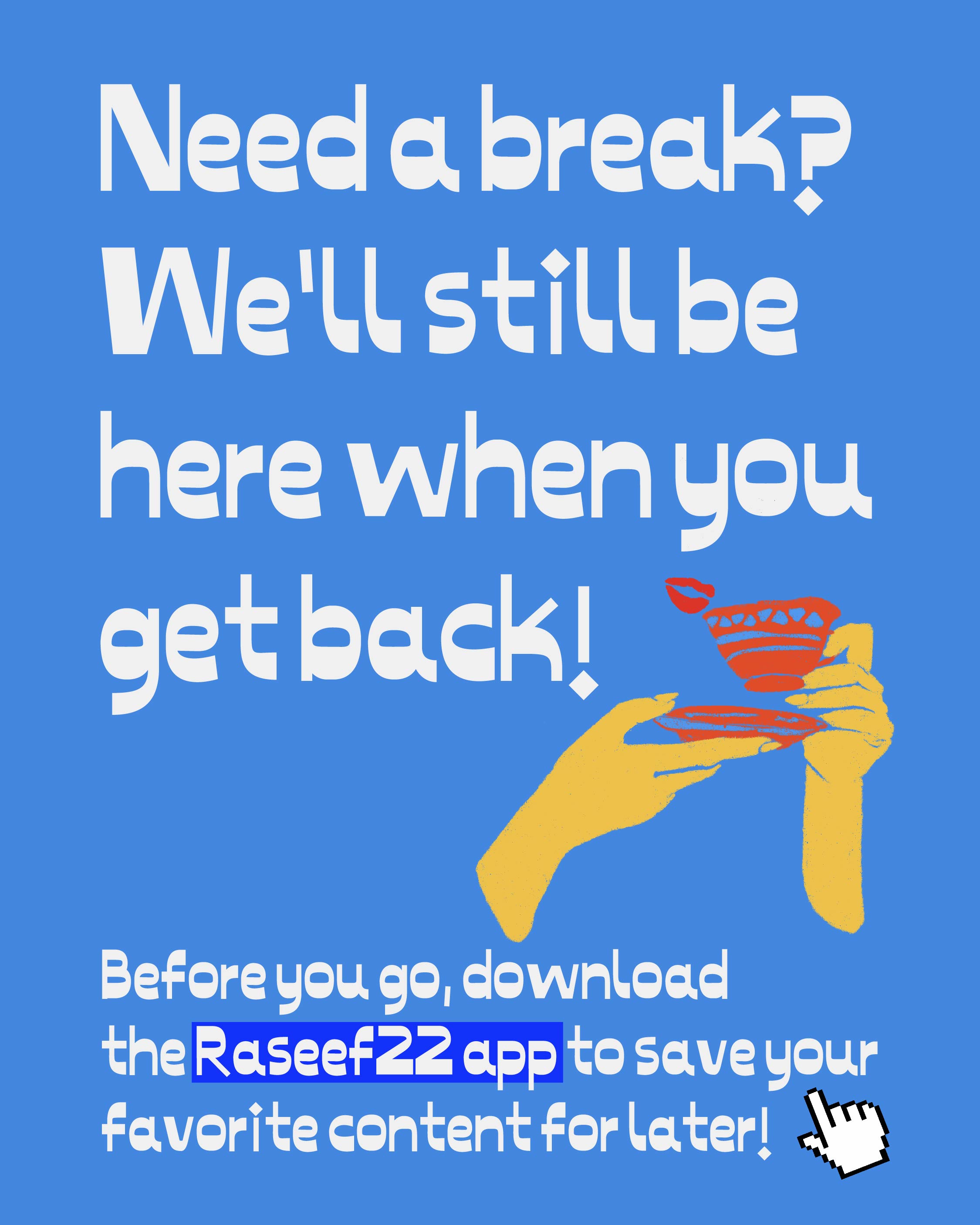

Join the Conversation
ذوالفقار عباس -
44 minutes agoا
Hossam Sami -
1 hour agoصعود "أحزاب اليمين" نتيجة طبيعية جداً لرفض البعض; وعددهم ليس بالقليل أبداً. لفكرة الإندماج بل...
Anonymous user -
1 day agoرائع و عظيم ..
جيسيكا ملو فالنتاين -
5 days agoزاوية الموضوع لطيفة وتستحق التفكير إلا أنك حجبت عن المرأة أدوارا مهمة تلعبها في العائلة والمجتمع...
Bosaina Sharba -
1 week agoحلو الAudio
شكرا لالكن
رومان حداد -
1 week agoالتحليل عميق، رغم بساطته، شفاف كروح وممتلء كعقل، سأشاهد الفيلم ولكن ما أخشاه أن يكون التحليل أعمق...